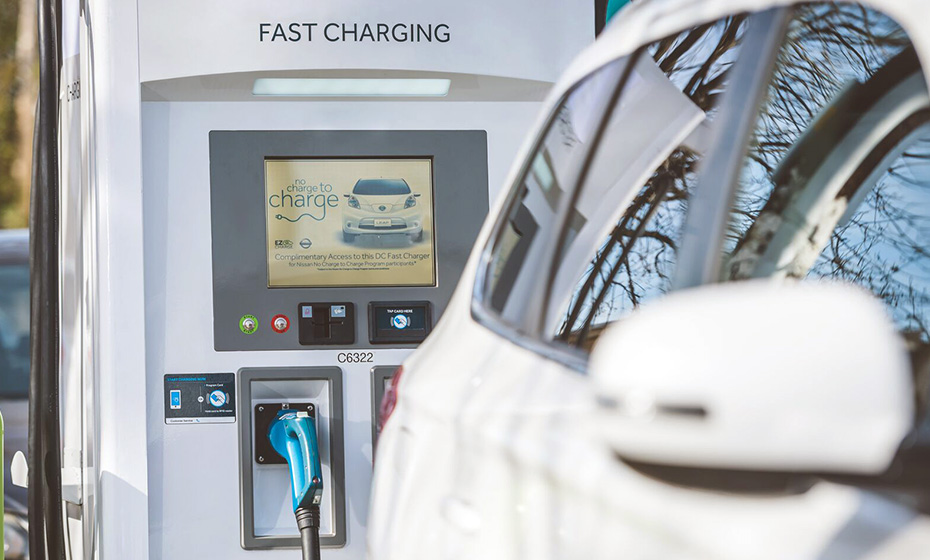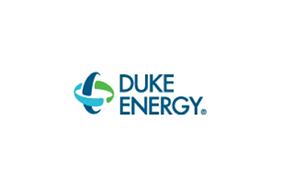How Electrification Fits in the World of Cleaner Energy
Affordability and low carbon are main topics for Duke Energy leaders at the Electrification 2022 conference
Published 07-25-22
Submitted by Duke Energy

Signs of electrification are everywhere – charging stations at the supermarket parking lot, the solar panels on your neighbor’s roof or plans for wind turbines on the coast.
What’s next?
Energy industry leaders and manufacturers are gathering in Charlotte, N.C., June 28-30 at the Electric Power Research Institute’s Electrification 2022 conference to talk about the future.
Duke Energy is one of the convention sponsors, so three leaders are participating in discussions on electrification of truck and bus fleets, how to make the technology affordable and net-zero carbon emissions.
Duke Energy is moving to net-zero carbon emissions by 2050. It is retiring coal-fired power plants and converting most of its 10,000-vehicle fleet to electric by 2030. By 2050, renewables will be the company’s largest generation source, supported by an upgraded grid, natural gas and nuclear power to keep electricity affordable and reliable.
Many corporations have sustainability and environment, social and governance (ESG) goals. Duke Energy’s annual ESG Report outlines the company’s activities. Duke Energy has reduced its emissions by about 40 percent since 2005 and has enough wind and solar to power more than 2.4 million homes and businesses.
“We must be prepared to serve our customers as demands on our system grow,” said Brian Savoy, Duke Energy’s chief strategy and commercial officer, who is a keynote speaker at the conference. “It is critically important.”

How utilities will handle the increase in demand for electricity will be a hot topic.
“We need to have a responsible transition that has reliability and affordability front and center while we take out carbon dioxide.”
Duke Energy’s Cory Gordon and Jay Oliver are speakers with other experts on panels about affordability. Tom Fenimore, Duke Energy director of Smart Grid Emerging Technology and Operations, is on a panel about grid resiliency for fleet infrastructure.
Gordon, director of Transportation Electrification, will discuss the costs and benefits of electrification. And Oliver, managing director of Grid Systems Integration, will discuss how renewables and electrification intersect.
In breakout sessions, participants will look at how to take advantage of the new Infrastructure Investment and Jobs Act; train workers and support electrification in disadvantaged communities; create an effective EV infrastructure system; and integrate vehicles, charging equipment and the grid.
While there’s a lot of attention on EVs, about 70 percent of electric use is in buildings. A panel will explore how technology can make buildings efficient and low-carbon and comfortable for the people who live and work in them.
“Electrification is the single most impactful growth element of the utility industry for the next decade or two,” Savoy said. “We haven’t seen growth like this since the birth of the industry.”

About Electrification 2022
Building a Net-Zero Future For All is the theme of the Electrification 2022 conference and trade show. Participants will talk about what’s changing, policy and regulations, and innovation and infrastructure. Who is the event for? Utilities, stakeholders, manufacturers and community members.
Duke Energy’s exhibits at the conference include an EV garage, which allows visitors to simulate EV charging; a clean energy exhibit; and a booth about the company’s eTransEnergy subsidiary, which helps institutions electrify their vehicle fleets.
Learn more: Electrification 2022.

Duke Energy
Duke Energy
Duke Energy (NYSE: DUK), a Fortune 150 company headquartered in Charlotte, N.C., is one of America’s largest energy holding companies. The company’s electric utilities serve 8.4 million customers in North Carolina, South Carolina, Florida, Indiana, Ohio and Kentucky, and collectively own 54,800 megawatts of energy capacity. Its natural gas utilities serve 1.7 million customers in North Carolina, South Carolina, Tennessee, Ohio and Kentucky.
Duke Energy is executing an ambitious energy transition, keeping customer reliability and value at the forefront as it builds a smarter energy future. The company is investing in major electric grid upgrades and cleaner generation, including natural gas, nuclear, renewables and energy storage.
More information is available at duke-energy.com and the Duke Energy News Center. Follow Duke Energy on X, LinkedIn, Instagram and Facebook, and visit illumination for stories about the people and innovations powering our energy transition.
More from Duke Energy

